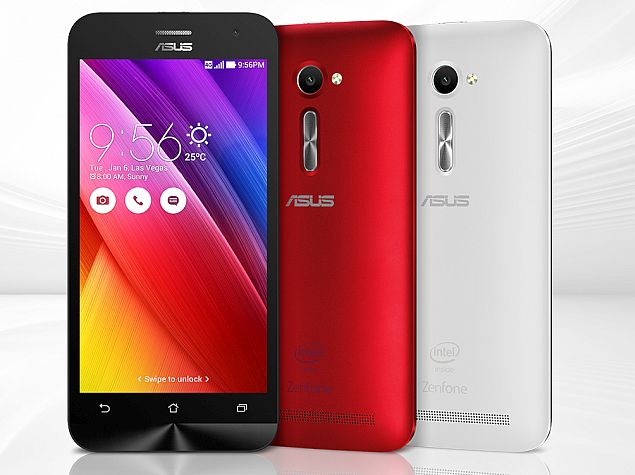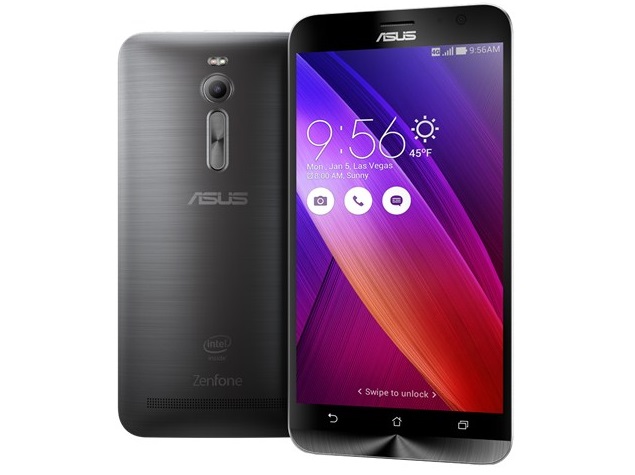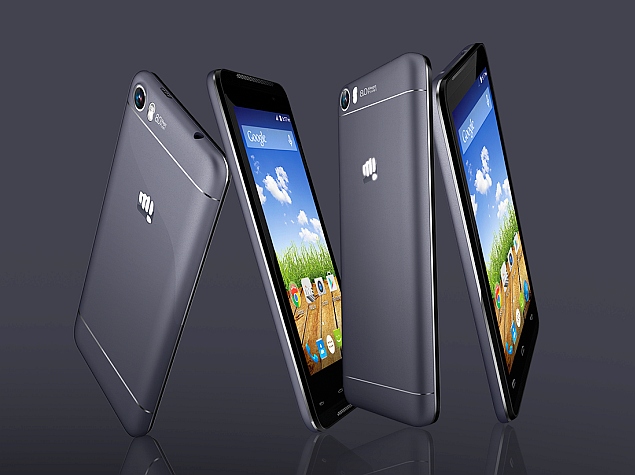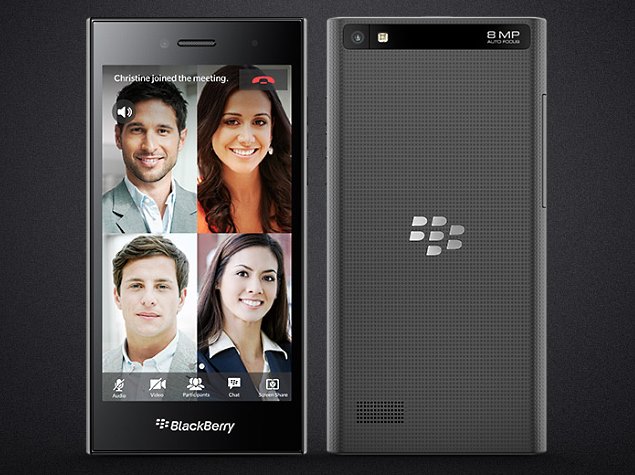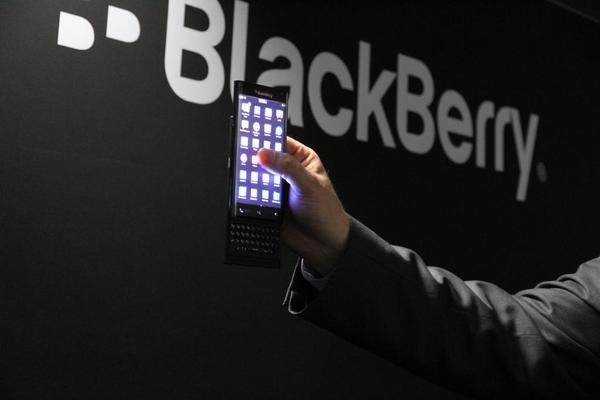Why Apple MacBook’s Force Touch is the Trackpad of the Future
Steve Jobs had a vision, years ago, that
the mouse needed only one button, and it seems his vision is finally
realised with the newest addition to its ecosystem, the Apple MacBook.
One of the most nerdy aspects about the newly unveiled device is the
fact that it comes with a Force Touch trackpad. Force Touch was first
introduced months ago with the Apple Watch.
So, what exactly is ‘Force Touch’ technology?

Simply put, it is the mechanism which
senses pressure. It is an entirely novel innovation that merges the
previously released Multi-Touch with force sensors. That means besides
sensing the multiple points of contact on your screen, the new feature
can also gauge the amount of pressure put on each contact; detecting the
subtle difference between the quantity of pressure imposed. This makes
the technology infused devices smarter than any other smartphones and
smartwatches in the world.
The current generation of MacBook’s use a
‘Diving Board’ design. The top part of the trackpad remains stable, any
part of the lower end can be used to click or right click. The new
Force Touch trackpad, gets four new sensors – allowing you to click
using any part of the designated surface.

Through the sensors on the trackpad of
the gadgets, it can judge a light tap and a deep press, bringing a broad
range of contextual controls right to your fingertips. The actions can
be categorised in three forms: Force click, Accelerator and
Pressure-sensing drawing.

The Force click gives users access to
different websites without switching to the other pages. It can bring up
the Wikipedia by clicking a word, preview a file in the Finder, and
create a new Calendar by applying a little push on the trackpad. You
will be in control of adding new shortcuts to apps, such as bringing up
the a map of the location just by force clicking the address.

The next is accelerator that
accelerators the speed of a QuickTime movie. Press harder to
fast-forward the shot quickly and if you wish to proceed gradually,
steadily apply force on the trackpad. One can also zoom in Maps through
the same tactic.

The next forte of Force Touch trackpad
is pressure-sensing drawing. Draw a signature on the device just like a
pen on paper. Put more pressure for a bold stroke and press lightly to
get a thin line. This drawing can be used as an attachment for emails.
Apple has slipped the technology in Macbooks and the Apple Watch for now, but it has been learnt that the next iPhone is likely to come with the same feature. This tech has led to the death of the We can’t wait to try out the Torce Touch for ourselves.







